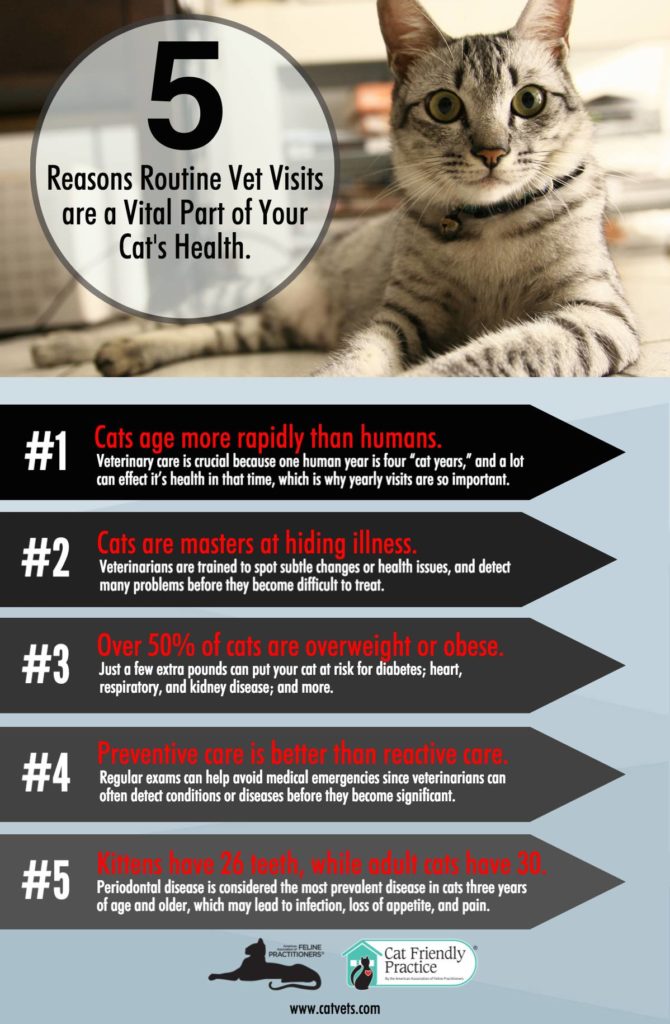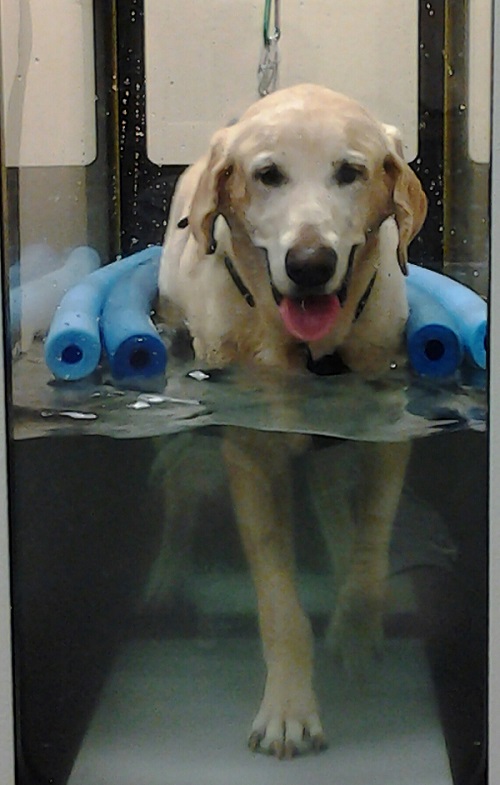VetStem Cell Therapy for Dogs on National Dog Day
August 26th is National Dog Day. This day was founded in 2004 and celebrates dogs of all breeds. The stated mission is to bring attention to all the dogs that need rescuing as well as honor both family dogs and working dogs. For our own celebration, we would like to discuss the various uses of VetStem Cell Therapy in dogs!

VetStem Cell Therapy for Dogs
Though the first patient to be treated with VetStem Cell Therapy was a horse, dogs followed closely behind. Initially, we worked with select veterinary clinics to evaluate the use of VetStem Cell Therapy for osteoarthritis (OA) and orthopedic soft tissue injures such as cruciate ligament tears. After several years of collecting and analyzing data, we published two peer-reviewed studies. The first, in 2007, evaluated the use of stem cells for chronic hip OA. The second was published in 2008 and looked at stem cells for chronic elbow OA. Both studies concluded that treatment with VetStem Cell Therapy led to reduced lameness and pain as well as increased range of motion in the affected dogs.
VetStem Cell Therapy for More than OA
Though dogs were initially treated primarily for orthopedic conditions, we eventually broadened our research interests. Veterinarians have now used VetStem Cell Therapy to treat a wide array of conditions in dogs including organ failure, inflammatory bowel disease, back pain, and keratoconjunctivitis sicca (KCS or “Dry Eye”). Though we do not have any completed peer-review studies for these conditions, some dogs have experienced good results!
VetStem Cell Therapy for Canine Back Pain and IVDD
Canine back pain is one of VetStem’s current clinical research programs. A clinical research program is designed to evaluate the safety and possible effectiveness of VetStem Cell Therapy for specific conditions. One condition that falls under our back pain clinical research program is intervertebral disc disease (IVDD). This is a condition in which one or several intervertebral discs in the spine bulge, resulting in pressure on the spinal cord and leading to pain and possibly the loss of limb function. While IVDD can potentially be a devastating disease, several owners have reported improvement in their dog after treatment with VetStem Cell Therapy including Bella and Bailee.
If you think your dog may benefit from VetStem Cell Therapy, even if he/she is not suffering form an orthopedic condition, we recommend speaking to your veterinarian or contacting us to find VetStem providers near you.



